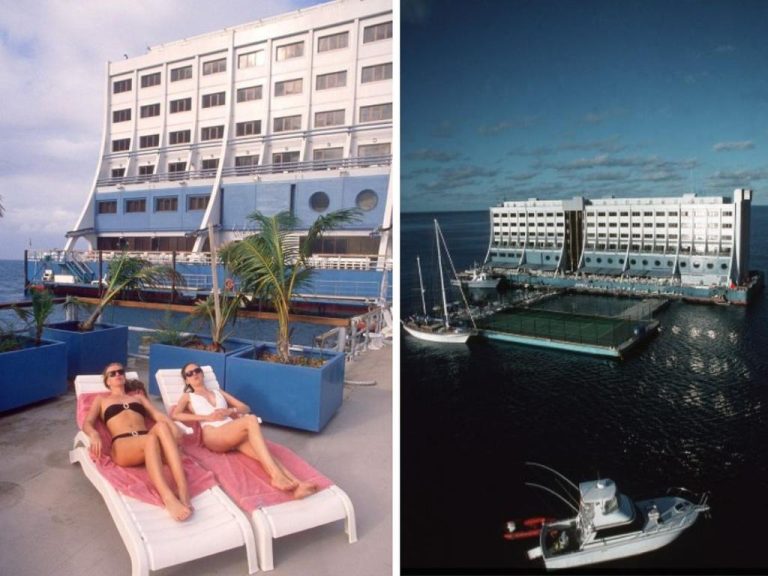Guzman Y Gomez and Betty’s Burgers take on the big burger boys
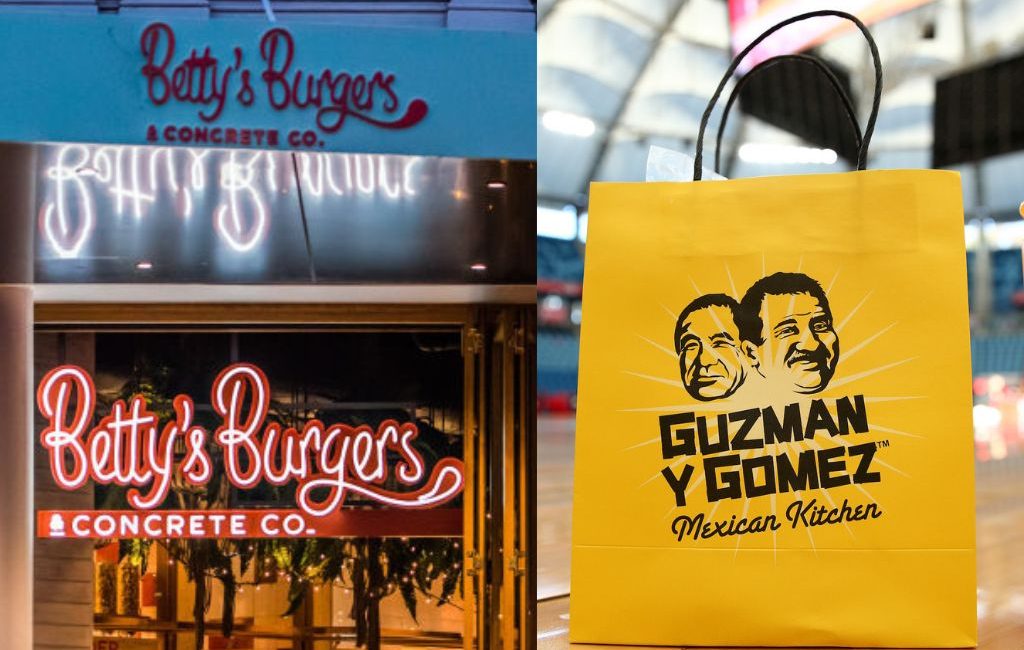
Last month popular US burger chain Carl’s Jr closed 24 stores in Australia after its master franchisee CJ’s Group entered into voluntary administration.
A statement from appointed administrators KPMG announced the company had assumed “day-to-day control” of CJ’s Group and were undertaking an “urgent assessment of the business and its operations”.
“We will be conducting an immediate sale process of the existing store network and operations,” said KPMG restructuring services partner, David Hardy.
“We will be working with all stakeholders, including employees, suppliers and landlords, to maximise the outcome for all parties.”
CJ’s Group independently owns and operates 24 Carl’s Jr restaurants. It is also a master licensee to 25 remaining locations, which are owned and operated by third-party sub-licensees.
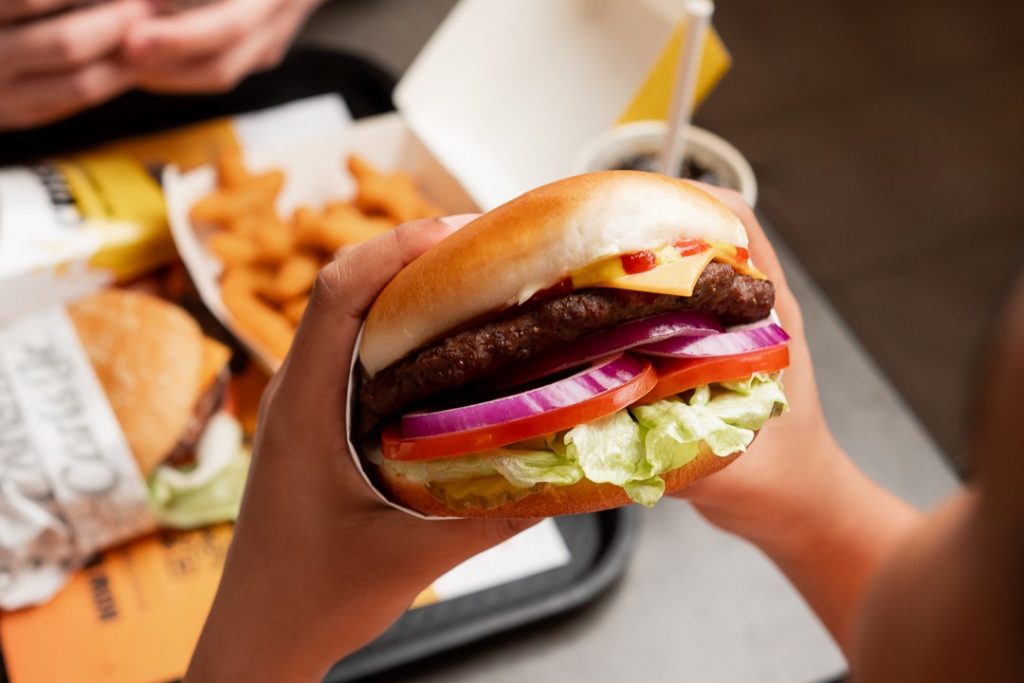
Carl’s Jr comes with a more premium price tag compared to McDonald’s or Hungry Jacks. Picture: Carl’s Jr/Facebook
According to news.com.au, the sub-licensee restaurants will continue to run with little to no impact, with the majority of those stores operating in QLD.
What went wrong, Carl?
It’s a major blow for a US burger chain that held ambitious plans to expand to 300 stores across the country by 2026, leaving some fast food experts to question whether the average Australian recognised or understood the Carl’s Jr brand.
General manager of JMK Retail, Vicki Leavy, believes that while it takes a big budget to infiltrate Australia’s over-saturated fast food market, cultural sensitivity is also required.
“American words like ‘charbroiled’ don’t really fit our vocabulary and yet Carl’s Jr used this language when first arriving to Australia,” she explained.
“It was subsequently changed to ‘chargrilled’ however immersion mistakes like this can hurt businesses entering a new market.”
With the majority of its restaurants located in regional areas, Carl’s Jr’s distribution strategy may have hindered its own success.
Director of consultancy firm Titanium Food, Suzee Brain, said a regional strategy can work because you are servicing an undersupplied market. But not always.
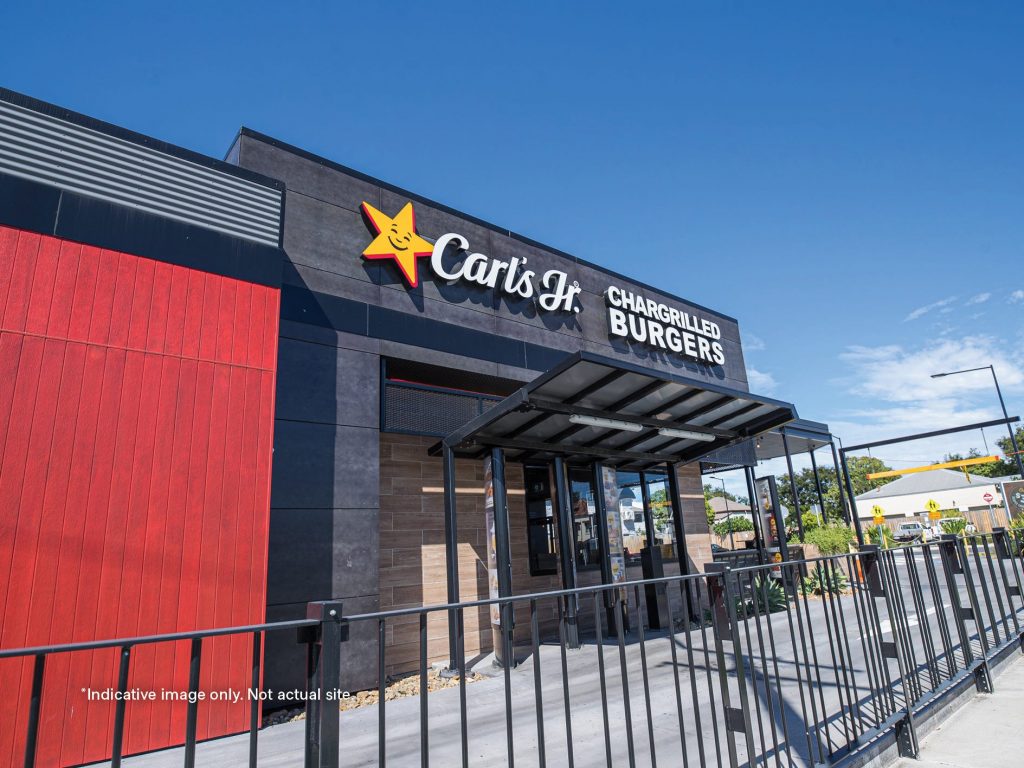
Global fast food chain Carl’s Jr was established in 1956. Picture: realcommercial.com.au/for-sale
“We have data which shows that people in lower SEIFA indexed trade areas visit fast food outlets more frequently than more well-off trade areas. But Carl’s Jr has a more premium price tag compared to McDonald’s or Hungry Jacks, so it could have been a mismatch with customer expectations,” Ms Brain explained.
Vicki Leavy agrees Carl’s Jr’s expensive price model may have been to the company’s detriment.
“Australian consumers are savvy and they won’t tolerate brands trying to take advantage of their goodwill by selling run-of-the-mill products at a premium price,” she said.
“The general feeling is that somehow Australia is where some fast food chains come to die. They charge us a premium but offer worse food than what we have come to expect.”
Burger burnout
Carl’s Jr isn’t the only newcomer to experience difficulties breaking into the Australian fast food market, with several US brands having tried their hand to varying degrees of success.
Californian burger chain In-N-Out Burger has launched pop-ups around the country in recent years, but is hesitant to open any brick and mortar locations.
“Pop up testing is great but the novelty wears off quickly,” said Vicki Leavy.
“If the pop up isn’t a well-oiled machine and the customer response isn’t too successful then it can have the converse response. Rather than leaving customers wanting more it only serves to disappoint.”
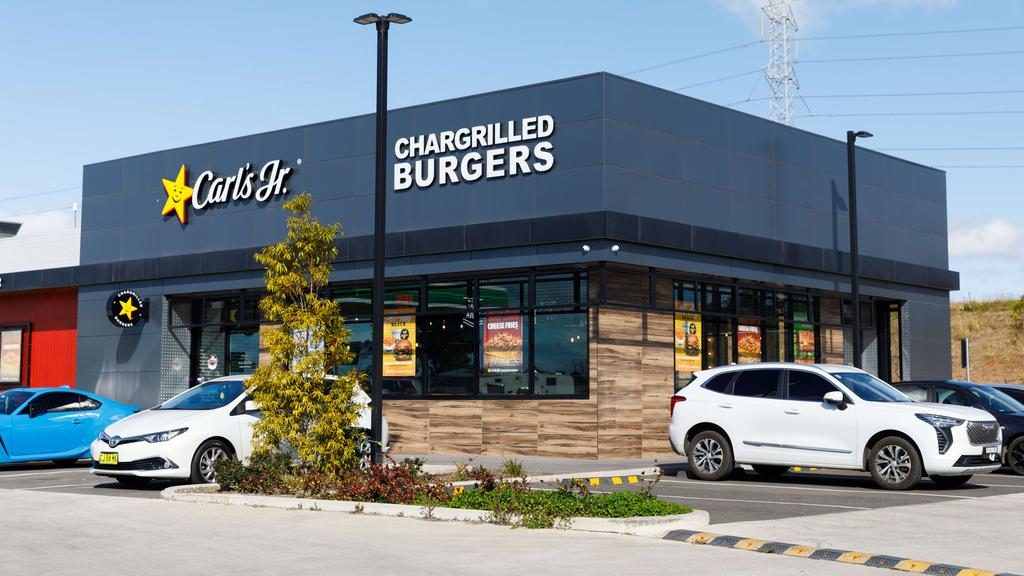
The US burger chain had held ambitious plans to expand to 300 stores across the country by 2026. Picture: NewsWire / Max Mason-Hubers
Beloved US chain Five Guys has committed to physical stores in Australia, but progress has been surprisingly slow, with only three stores open in Sydney and Melbourne since 2021.
And while Taco Bell revealed an aggressive expansion campaign back in 2019, its Australian franchisee Collins Foods paused any future openings in November 2022 due to disappointing earnings.
The world’s third largest burger chain, Wendy’s, recently announced its intention to roll out 200 venues across the country by 2034, with the first stores expected to be open from next year.
“It will be interesting to see how the recent closure of Carl’s Jr stores will affect Wendy’s future plans,” remarked Ms Leavy.
“Most Aussies associate the name Wendy’s with soft serve ice cream, which may create some confusion in the market.”
Home grown heroes
Emerging Australian fast food brands have also contributed to the lacklustre response of recent US launches, experts say.
Since 2014, Sunshine Coast success story Betty’s Burgers has grown to 60 restaurants nationwide.
Mexican-inspired fast food chain Guzman Y Gomez has expanded to 185 locations since 2006, with plans to open 1000 stores in 20 years.
The company recently had the hottest ASX float in three years, skyrocketing to a market value of over $3 billion. Shares closed at $30, 36% above the initial IPO price.
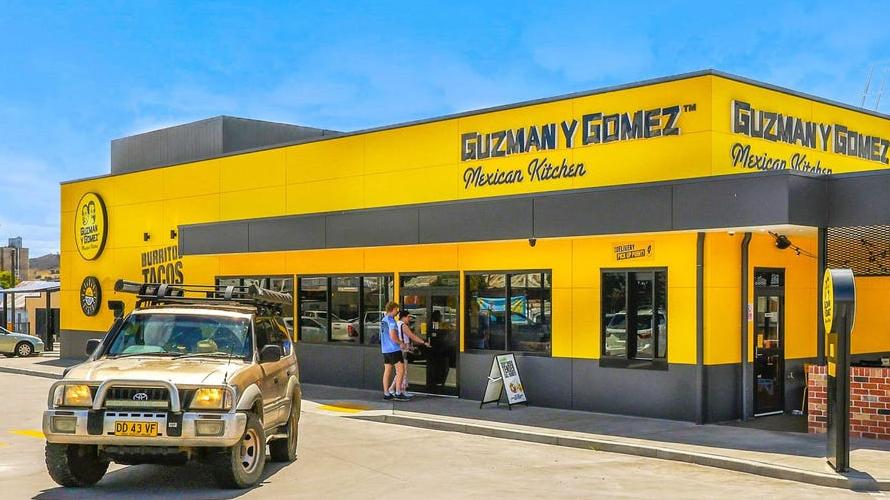
226 Bridge St, West Tamworth, has the Mexican restaurant Guzman Y Gomez as its anchor tenant.
Suzee Brain said the success of these Aussie chains is a prime example of Australia’s “sophisticated” fast food market.
“We are the most multicultural country in the world with access to incredible produce and the best retail designers in the game. Overseas brands often can’t match the level of freshness, price, value or fit-out standards that our local brands offer.”
Commercial property agency Burgess Rawson also tipped Lebanese charcoal chicken sensation El Jannah as an up-and-comer to watch.
Established in Sydney in 1998 with one high street location in Granville, El Jannah began an aggressive growth strategy into the ACT and Victoria in 2022.
The company is actively looking for drive thru locations across the eastern seaboard.
The enduring success of legacy brands
While the new wave of US brands hasn’t taken the Australian market by storm, old school chains such as McDonald’s, KFC and Burger King have continued to thrive.
McDonald’s, for example, currently represents a 23.2% market share of fast food revenue in Australia.
Vicki Leavy said these legacy brands ventured into our market so long ago they are almost considered to be Australian.
“They have adjusted and recalibrated over time and refined their messaging and product offerings to a point where they now fully understand our market and have become one with our market,” Ms Leavy explained.
“Australians are authentic customers – we like to see brands making the effort to engage, support and connect with our market. Brands that ‘Aussify’ and continue to make the concerted effort tend to do well.”
Fast food remains a growing industry
The precarious entry of recent US brands aside, Australia’s fast food sector continues to experience remarkable growth.
According to IBISWorld, fast food businesses in Australia expanded by 2.9% in 2023, bringing the total number of outlets to 30,151. National revenue increased at an average annual rate of 2.1% over the past five years, reaching $23.2 billion in 2022-23.
Burgess Rawson national marketing manager Chelsea Goodall said the sector has demonstrated resilience during economic downturns, as people continue to seek quick and cost-effective dining solutions.
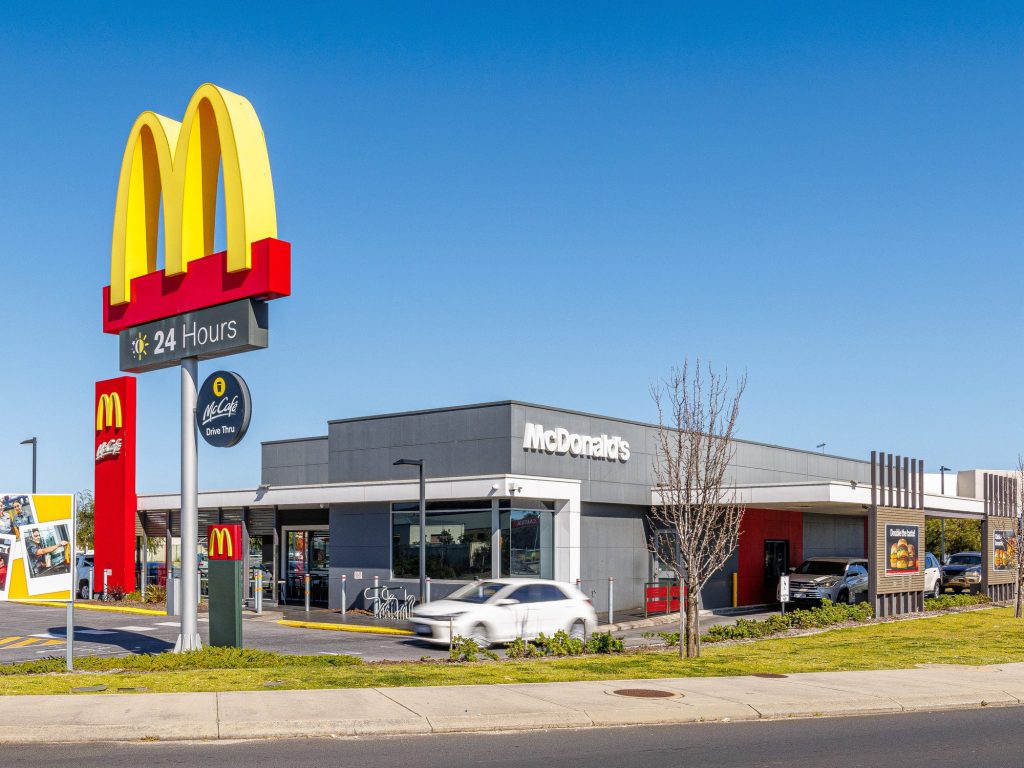
McDonald’s currently represents a 23.2% market share of fast food revenue in Australia. Picture: realcommercial.com.au/for-sale
“The sector’s adaptability to trends, such as drive-thru services and digital ordering, further solidifies its investment appeal,” Ms Goodall added.
According to Burgess Rawson, the industry has seen more than $136 million in investment transactions completed in the past financial year.
The recent sale of a McDonald’s in North Rothbury, NSW, stands out as one of Burgess Rawson’s biggest of 2024, selling for $4.37 million on a tight yield of 2.97%.
The restaurant was located in a key growth region with a population expected to grow by over 60% by 2041.
Ms Goodall said leasing the right location is crucial for fast food establishments.
“Locations near busy retail centres, transportation hubs, or residential areas are preferred as they attract consistent patronage from heightened visibility.”
“It maximises revenue potential, ensures long-term viability and translated into stable revenue streams and attractive returns for investors.”



